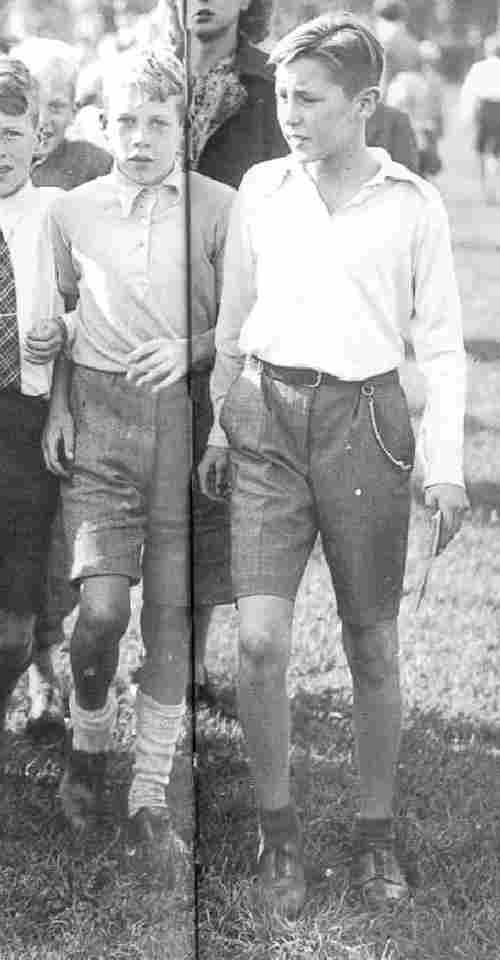
Figure 1.--Most Dutch boys in the 1930s and 40s wore long sleeved white shirts. Note the one boy here in 1943 wearing a casual short sleve shirt with Rugby styling--rather like a polo shirt.


Figure 1.--Most Dutch boys in the 1930s and 40s wore long sleeved white shirts. Note the one boy here in 1943 wearing a casual short sleve shirt with Rugby styling--rather like a polo shirt. |
Dutch boys generally wore solid colored long sleeve white shirts through the 1910s. Often a detachable Eton collar was used for formal occasions. After World War I (1914-18) many other styles of shirts became more common, especially shirts with attached soft collars. Short sleeved shirts also appeared as well as casual styles. Some shirts were also worn with Rugby styling. Colored and paterned shirts also became more prevalent. Through the 1940s, however, the solid colored long sleeve shirt dominated. This did not begin to change until the late 1940s and early 50s.
HBC has no information at this time on shirt and shirt waist styles during the 19th century. Dutch boys generally wore solid colored long sleeve white shirts through the 1910s. Often a detachable Eton collar was used for formal occasions. After World War I (1914-18) many other styles of shirts became more common, especially shirts with attached soft collars. Short sleeved shirts also appeared as well as casual styles. Some shirts were also worn with Rugby styling. Colored and paterned shirts also became more prevalent. Through the 1940s, however, the solid colored long sleeve shirt dominated. This did not begin to change until the late 1940s and early 50s.
The Eton collar was a standard for formal wear at the turn of the 20th century for formal occasions. This in part showed the influence of English styles. After World War I (1914-18) many other styles of shirts became more common, especially shirts with attached soft collars. I'm not sure if Dutch boys ever wore the button-down collars that became so popular in the United States during the 1950s.
There are many different styles of shirts, but three basic types of shirts, shirtwaists, collared, and collarless shirts. Shirtwaists were late 19th century shirts without collars, but made to be worn with detacable collars The collared shirts are the more formal ones and of course have been worn with many different collar styles. Sone were made in casual styles--like polo shirts. The best known collarless shirts are "T" shirts. They are best known as a style worn after World War II (1939-45), but HBC has noted "T"-shirt like in the 1930s.
Navigate the Boys' Historical Clothing Web Site:
[Introduction]
[Activities]
[Biographies]
[Chronology]
[Cloth and textiles]
[Clothing styles]
[Countries]
[Topics]
[Bibliographies]
[Contributions]
[FAQs]
[Glossaries]
[Images]
[Satellite sites]
[Tools]
[Boys' Clothing Home]
Navigate the Boys' Historical Clothing Dutch pages:
[Return to the Main Dutch shirt page]
[Maiken Island]
[Dutch choirs]
[Dutch royalty]
[Dutch scouts]
[Dutch school uniform]
[Dutch boys bangs]
[Dutch catalogs]
[Dutch postcards]
Navigate the Boys' Historical Clothing national pages:
[Return to the Main countries page]
[Australia]
[Belgium]
[England]
[France]
[Germany]
[Ireland]
[Italy]
[Japan]
[Korea]
[Mexico]
[Netherlands]
[Scotland]
[United States]
